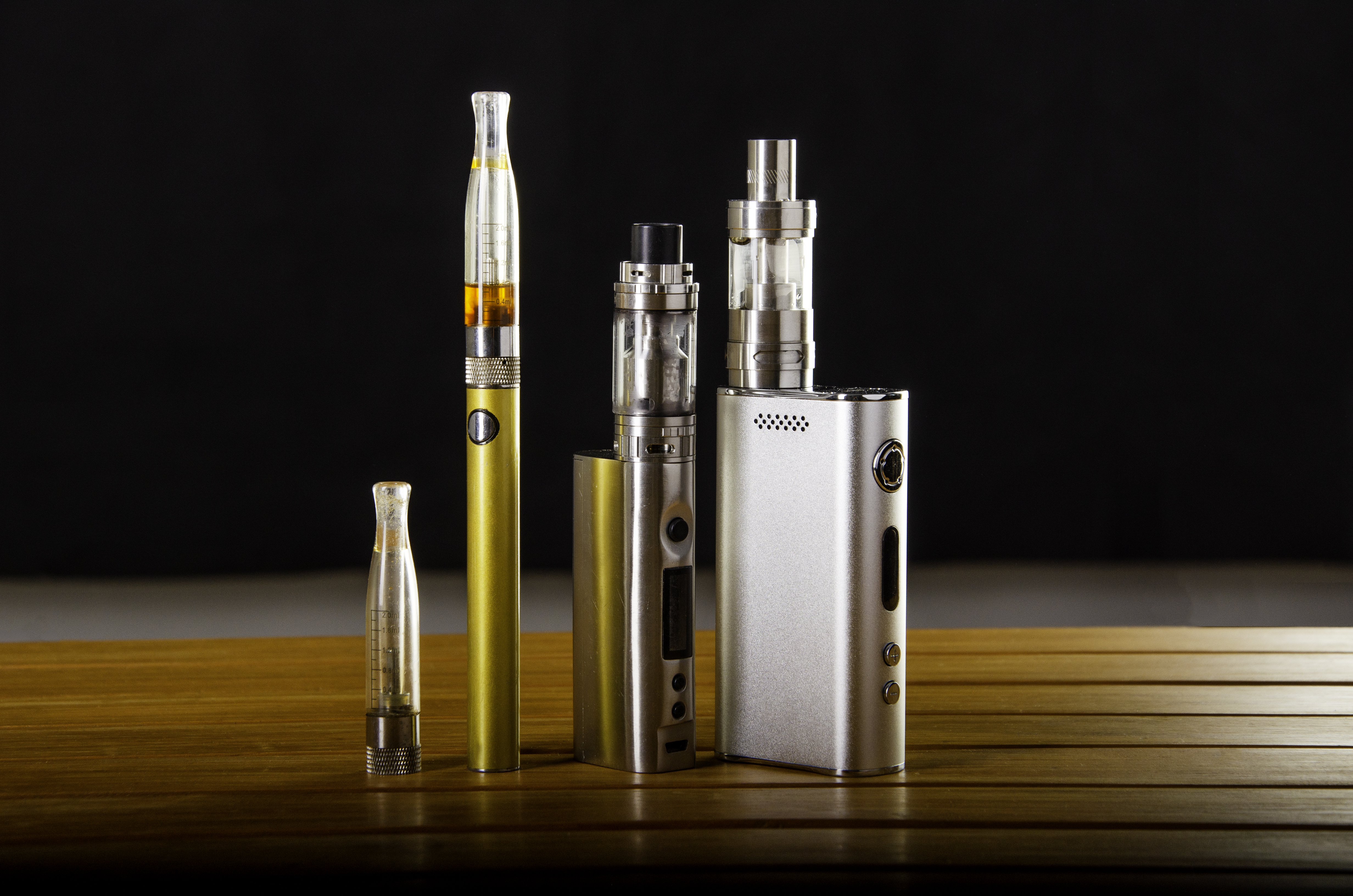Retail Marking is Key to Public Health

The surge in vaping-related illnesses has caused states across the country to temporarily pull or restrict many cannabis and tobacco vapor products from retail sale. Vapor products are used for consumption of nicotine, cannabis (THC and/or CBD) and potentially CBD derived from hemp. The ‘multi-use paradigm’ of vapor technology has exposed a major challenge in current regulatory frameworks for these products as state statutory and regulatory structures for tobacco, cannabis and hemp are generally stand alone and administered by different agencies. The current public health emergency in the vapor category has created an immediate imperative for more effective administration and enforcement on these products across all categories of use.
While the root cause of the current health crisis has not been concretely identified, initial information suggests that counterfeit vape products filled with illicit THC and vape stores selling unregulated nicotine liquids are likely to be significant contributing factors. And, while some consumers may be voluntarily purchasing these items from illicit sources, there is also a significant danger that counterfeit products, especially in the THC space, are being misrepresented to consumers as legitimate products, leading to unknowing consumer use of products that are untested and unsafe.
As legislators and the medical community work to determine the root of the illnesses, it’s clear that the continued pervasiveness of black market products has played a significant role in the crisis and poses an ongoing threat to our public health. While there is universal recognition that something must be done, outright bans or overly restrictive policies may significantly harm legitimate, licensed operators and businesses. Furthermore, an absence of legitimate avenues for consumers to purchase these products may create the unintended consequence of pushing consumers to illicit sources and products that pose the highest risks to their health.
While cross-use of vapor and other emerging ‘multi-use’ consumption technologies (e.g., heat to burn) will continue to challenge state regulatory and administrative structures, there are ready-to-implement regulatory tools we can use to ensure that black market products aren’t making their way into the legitimate supply chain. As states consider if, how, and which tobacco and THC/CBD vaping products should return to the market, we must give consumers, regulators, and law enforcement agents the resources to verify products being sold are safe, legal, and traceable in case of future issues.
Today, vapor products used for Nicotine, THC and CBD consumption lack secure, standard state required marking at the product level. Barcodes - the method most commonly used to mark and identify cannabis and tobacco products - are uniform, not secure, and can be easily replicated, essentially providing an open door for black market products to infiltrate the supply chain. At a time when dangerous counterfeit products - meticulously packaged to be indistinguishable from legitimate brands - are being pushed and purchased widely both online and in retail stores, consumers need a consistent and dependable way to confirm the products they’re purchasing are legitimately sourced from state licensed and regulated businesses.
Secure product marks using counterfeit-resistant security features are an easily implementable solution that can extend state regulatory systems and information technology solutions currently in place for cigarettes for vapor and cannabis compliance. Some states like New Jersey are already considering such a move, with New Jersey Senate President Steve Sweeney making the case in a recent press conference for extending their already-effective system for verifying the legitimacy of cigarette tobacco products to electronic cigarettes and vapor devices.
Canada provides an example of successful leveraging of an existing tobacco stamping programs for use with new cannabis categories. With the legalization of adult use cannabis in Canada in October 2018, the Canadian Revenue Authority (CRA) extended its cigarette and other tobacco products (OTP) excise stamping program to include marking of all cannabis retail product units. The secure retail unit marking on Cannabis products in Canada has proven to provide a readily visible and secure differentiator between legitimate and illicit or counterfeit products as highlighted in a video produced by the CRA. This program will be further extended later this year as Canada expands the allowed types of cannabis products for consumer purchase.
By marking retail products with a secure, counterfeit-resistant unique stamp, states can provide law enforcement with the tools to verify that dangerous and illicit black market substances aren’t making their way onto the shelves, ensure consumers can immediately identify and confirm products are legitimately sourced from licensed operators (and not counterfeit), and provide public health agencies with additional tools to track and potentially confirm the recall of products in the case of future health concerns.

With more than 18 years of experience assisting state and local agencies in developing and adopting regulatory, policy and enterprise technology initiatives, Alex oversees SICPA’s relationships with more than 45 U.S. states and 160 municipalities, all of which use SICPA’s products for supply chain verification and control (including the SICPA track and trace program currently used by the State of California). As the Director of Business Development for Meyercord Revenue, a SICPA company, has developed new market opportunities for SICPA in emerging markets subject to excise tax including alcohol, OTP and medical marijuana. Prior to joining SICPA, Alex spent more than 12 years at Accenture and several years at Oracle.
